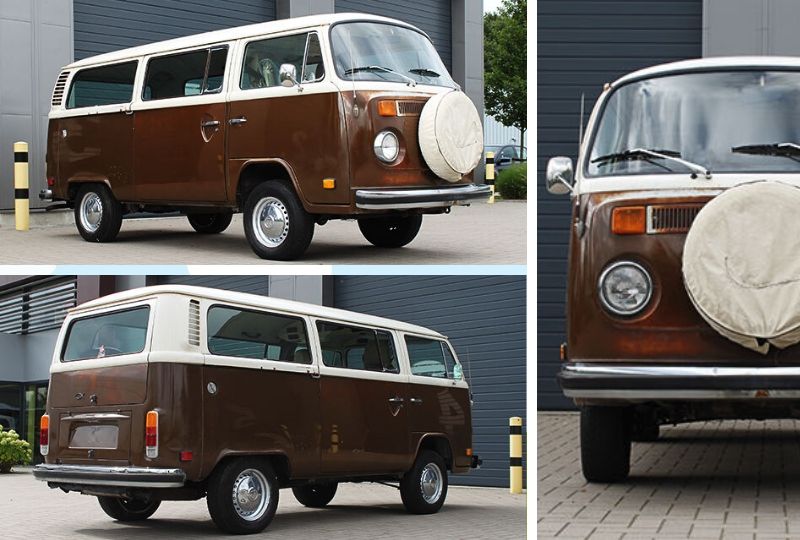Price Match
Now via Live Chat

VW Bus Bumpers were iconic in there design from the start to the end of production of the Volkswagen Bus.
The front bumper and rear bumper on the Splitscreen and Baywindow Bus was always different to each other. In fact the rear bumper was not even an option until March 1953. All Buses manufactured before this date were just fitted with a front bumper. Even in 1953 rear bumpers were only installed as standard on Microbus de luxe and Pick-up models. It wasn’t until a year later in 1954 that the rear bumper was fitted as standard on all models.
Like with the VW Beetle, the bumper on Splitscreen Buses was designed around the look of a blade. There was a blank piece in the centre where the number plate could be mounted and a raised pressing on either side which was often painted in a different colour to the main bumper. On De luxe models both the front and rear bumpers were installed with rubber impact strips mounted on polished aluminium.

In 1958 the US Spec Bumper was fitted to all North American models. These VW Bus Bumpers included two over-riders on each bumper. On the front bumper a 1 piece bar (Towel Rail) mounted on each end of the bumper and passed through the top of each over-rider. The rear bumper had two separate towel rails which connected the end of each side of the bumper to the top of each over-rider. The centre piece was not included so that the rear engine lid could still be opened between the over-riders. US Spec bumpers were also available with impact strips and aluminium trim which was fitted as standard on De Luxe models.
In 1958 the European market also had a bumper re-form in line with the US Market. These bumpers were very similar to the US Spec version but were not fitted with any over-riders or tail rails.


In 1967 with the launch of the new Baywindow Bus the bumper design was changed slightly. Although there is a similarity in the design of a curved blade bumper the Baywindow Bus featured a cab step incorporated into each end of the front bumper. Two rubber mats were located on top of each step and an extra mount under the front wheel arch was located in order to strengthen the bumper at the step. The rear bumper of the Early Bay window was very similar to the Splitscreen and was completely interchangeable. The only difference between the two was the shape of each end. The Splitscreen Bus rear bumper was known as a ‘Slash Cut’ bumper. The top of the bumper was longer than the bottom and the angle ‘slashed’ from top to bottom. The Baywindow Bus bumper was known as a ‘diamond cut’ which had its longest part in the centre of the end with the ‘slashes’ meeting in the middle.

In 1972 with the ‘one year only’ Baywindow Bus model the rear bumper changed slightly to accommodate the new design of the rear of the bus.

In August 1972 both the front and rear bumper had a complete design change. These were squarer in shape and more in keeping with the design change of the Beetle bumper in 1968 with the Europa Bumper. The front bumper was mounted with 4 bolts directly into the new front deformation panel. Or previous bumpers were fitted onto the front of the bus with bumper irons. A square shaped bumper was also fitted to the rear of the bus but was still mounted on two (new designed) bumper irons.
